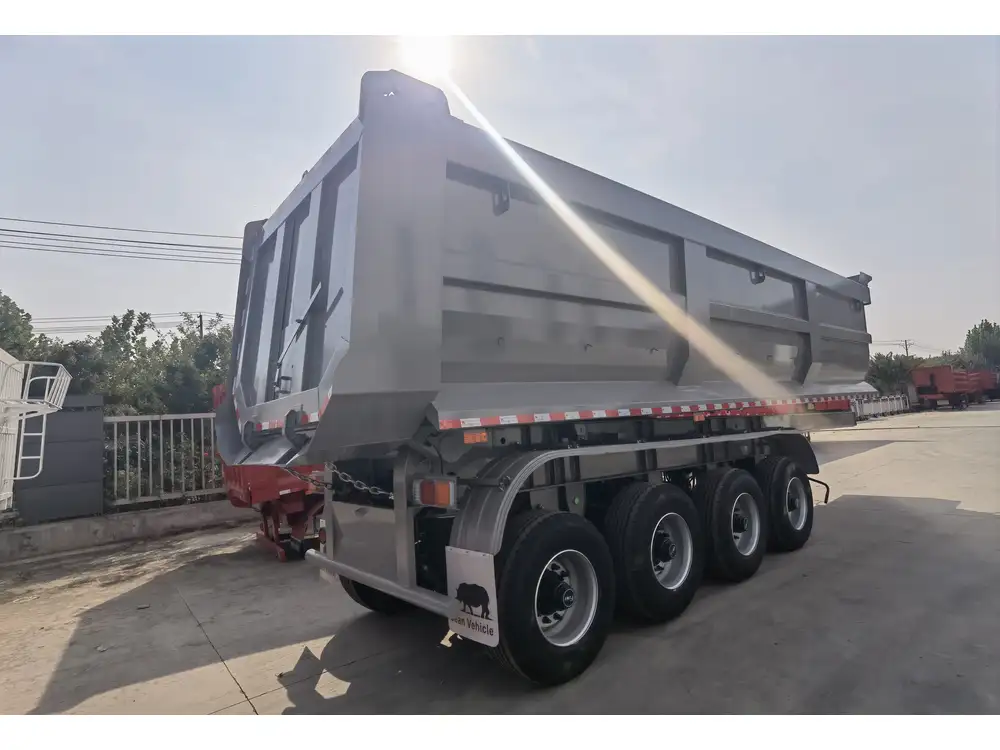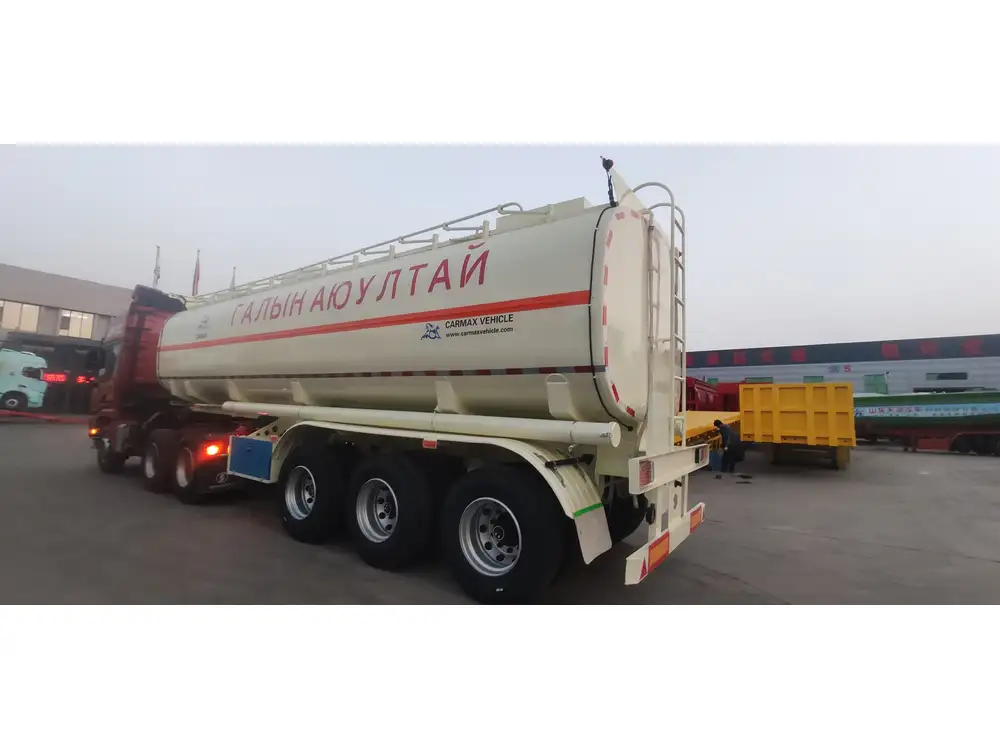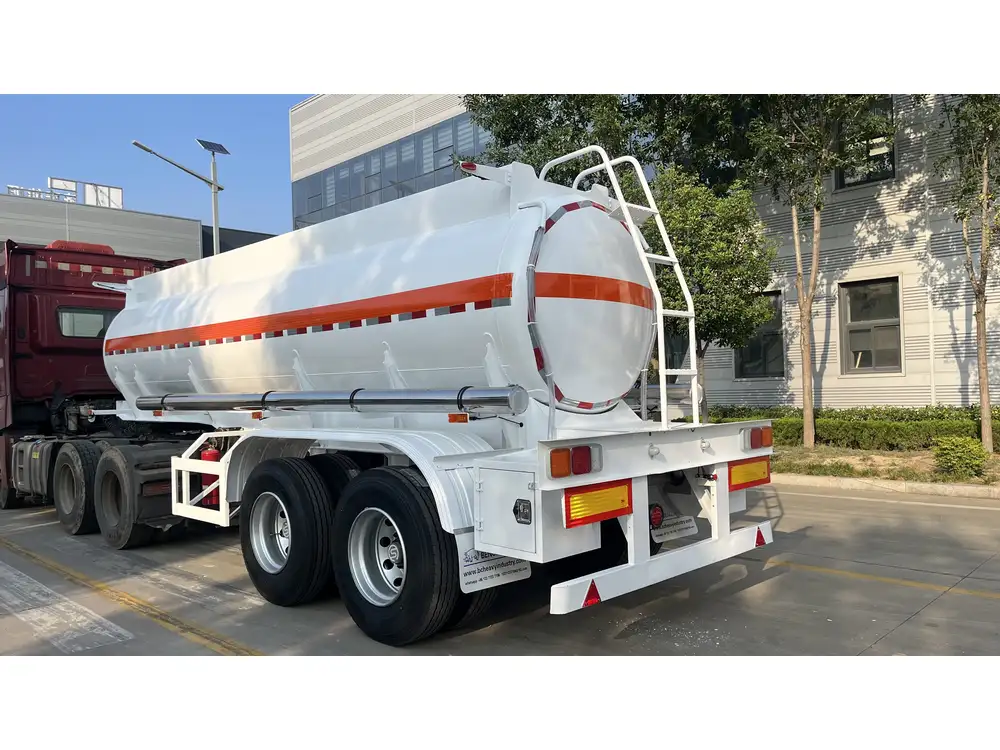Transporting a car on a trailer might seem like a Herculean task, but with organized steps and the right equipment, it can be a smooth endeavor. This guide will dissect the complexities of car transportation using a trailer, addressing potential pitfalls and providing insights that empower you to navigate the process seamlessly.
Understanding the Types of Trailers
When it comes to transporting a vehicle, selecting the right trailer is paramount. Trailers come in various designs, each tailored for specific functions. Below, we break down the most common types used for vehicle transport:
| Trailer Type | Description | Best Suited For |
|---|---|---|
| Open Car Trailers | Flatbed design that is open to the elements. | Standard vehicles and short-lived trips. |
| Enclosed Trailers | Fully covered trailers that protect vehicles from weather. | Exotic cars, long-distance transport. |
| Utility Trailers | Versatile trailers that can carry other items alongside a car. | Multi-purpose hauling. |
| Tow Dollies | Two-wheel trailers that lift the front wheels of the vehicle. | Front-wheel drive cars for easy towing. |
Choosing the Right Trailer for Your Car
Selecting the right trailer is crucial, and considerations should include:
- Weight Capacity: Check the manufacturer’s specifications to ensure the trailer can handle your car’s weight.
- Compatibility: Ensure that the trailer is compatible with your vehicle’s towing capacity and hitch.
- Distance and Environment: Consider whether you’ll be traveling long distances or through rough terrains, as these factors will influence the type of trailer you should use.

Preparing Your Vehicle for Transport
Once you have chosen the appropriate trailer, the next step is preparing your vehicle for transport. Proper preparation minimizes the risk of damage during transit.
1. Clean the Vehicle
Start by washing your car thoroughly. A clean vehicle allows for better inspection of any existing damage and helps in securing the vehicle properly.
2. Inspect for Damage
Before loading, meticulously scan the vehicle for dents, scratches, and other damage. Documenting pre-transport conditions can help if disputes arise later.

3. Remove Loose Items
Take out any personal belongings from the car. Loose items can shift during transport, potentially causing damage.
4. Check Fluid Levels
Ensure that all fluids (oil, coolant, gas, etc.) are at appropriate levels. A nearly empty tank can lighten the vehicle for easier towing while reducing fuel consumption; however, avoid having it too empty to prevent any issues.
Loading the Car onto the Trailer
With the preparations complete, it’s now time to haul your vehicle onto the trailer. Here’s a step-by-step guide to ensure a smooth process:

1. Position the Trailer
Align the trailer on level ground. Ensure that the ground is stable to avoid any additional challenges when loading.
2. Use Wheel Chocks
Place wheel chocks on the back wheels of the trailer to prevent any unintended movement while loading. This safety measure safeguards against mishaps during the process.
3. Drive onto the Trailer
- Open Trailers: For open trailers, drive the car onto the trailer using a straight approach. Utilize the ramp provided, maintaining a slow and consistent speed.
- Enclosed Trailers: When using an enclosed trailer, follow the same approach. Ensure that the height of the ramp is adequate for your vehicle.

4. Secure the Vehicle
Once the car is on the trailer:
Strap Down: Use quality tie-down straps rated for the weight of your vehicle. Anchor points should be on the trailer to secure the car safely.
Use a Ratchet System: Employ a ratchet system for tighter securing. This system gives peace of mind that the vehicle will not shift or come loose during transport.
5. Double-Check Everything
Before hitting the road, do a final walkthrough. Ensure all straps are tight, and inspect the wheels and tires to confirm they’re facing the right way.
Transporting the Car: Best Practices
With the car securely loaded, the transport phase begins. To optimize safety and efficiency, adhere to these best practices:

1. Maintain Speed Limits
Always abide by local speed regulations. Adhering to speed limits not only ensures safety but can also prevent wear and tear on your vehicle.
2. Monitor Trailer and Vehicle
Keep an eye (or rearview) on the trailer as you drive. Uneven movements might indicate a loose load or mechanical issues that need immediate inspection.
3. Take Regular Breaks
For long distances, plan regular breaks. This allows time to inspect the vehicle’s security, tire wear on the trailer, and overall conditions.

4. Avoid Sharp Turns
Navigating sharp turns can cause swaying or instability in your trailer. Approach turns gently, and reduce speed before executing.
Unloading the Car
Upon arrival, unloading your vehicle is just as crucial as loading it. Here’s how to do it safely:
1. Choose the Right Spot
Find a level area that is free from obstacles where you can unload the vehicle easily.

2. Utilize Wheel Chocks
Place the wheel chocks as a precaution before unloading to ensure stability while you work.
3. Remove Tie-down Straps
Unfasten and safely remove all tie-down straps. Keep the area clear of any debris or items that could cause tripping.
4. Gradually Roll Off
For an open trailer, slowly drive off, keeping an eye on the ramps as you descend. For enclosed trailers, carefully back out, ensuring that the vehicle is aligned correctly with the trailer opening.

Post-Transport Vehicle Care
Once the vehicle is off the trailer, it’s wise to conduct a post-transport inspection:
1. Inspect for Damage
The first step is to conduct another thorough inspection for any new damage that may have occurred during transport.
2. Clean the Vehicle
If the vehicle has collected dust or debris during transport, give it a thorough clean. Remove any marks or smudges that might have accumulated during the journey.

3. Check Fluid Levels Again
After transport, recheck all fluid levels to ensure everything is in order. Fill up any necessary fluids that may have been depleted or lost.
4. Take it for a Test Drive
Once everything is clear, take the car for a short test drive to ensure that it’s performing well.
Conclusion
Transporting a car on a trailer doesn’t have to be a daunting task. By following these structured steps and employing best practices throughout the process, you can ensure a secure, efficient, and worry-free experience. From choosing the right trailer to mastering the loading and unloading procedures, each element contributes to a successful vehicle transport. With meticulous attention to detail and appropriate safety measures, your vehicle will arrive at its destination in pristine condition, ready for the road ahead.
By adhering to this guide, you not only safeguard your vehicle but also enhance your overall transport experience. Whether for a move, sale, or travel, understanding how to transport a car on a trailer confidently arms you with the knowledge to tackle future journeys.



